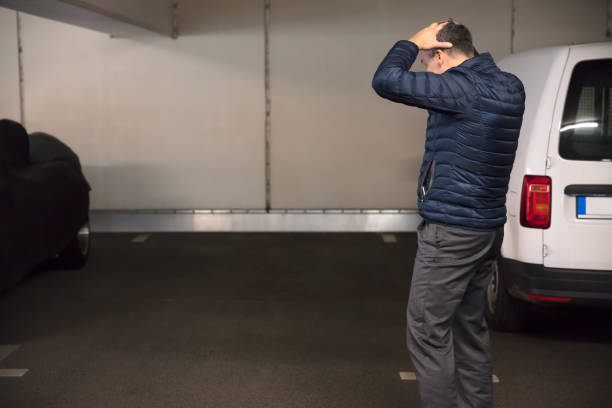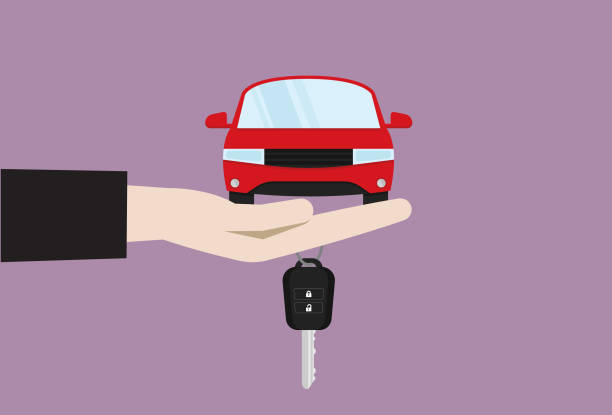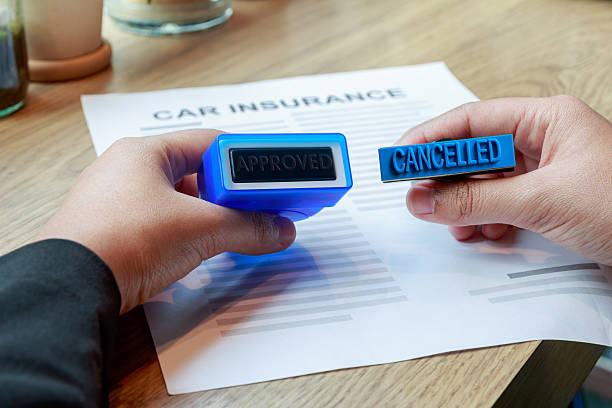Understanding Common Coverages in Vehicle Insurance
Vehicle insurance is an essential protection for drivers, providing financial security in case of accidents or damages. However, the world of insurance can be complex, with numerous coverage options available. To help you navigate through the insurance landscape, this blog post aims to shed light on, What are the common coverages in vehicle insurance?. Understanding these coverages will empower you to make informed decisions when selecting an insurance policy that suits your needs.
Liability Coverage
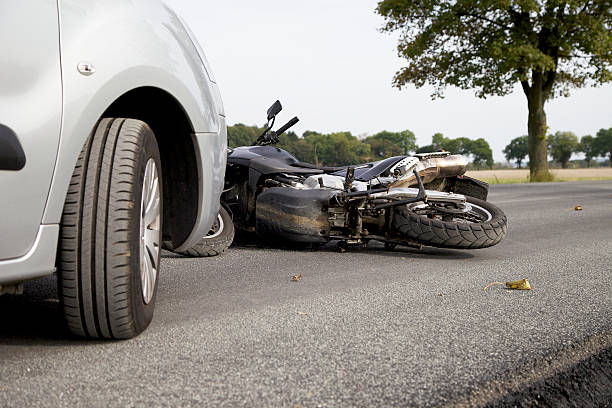
Liability coverage is the foundation of most auto insurance policies. It helps protect you financially if you are at fault in an accident that causes bodily injury or property damage to others. This coverage typically includes two components: bodily injury liability (BIL) and property damage liability (PDL). BIL covers medical expenses, lost wages, and legal fees for the injured party, while PDL covers the cost of repairing or replacing the other party's vehicle or property.
Collision Coverage
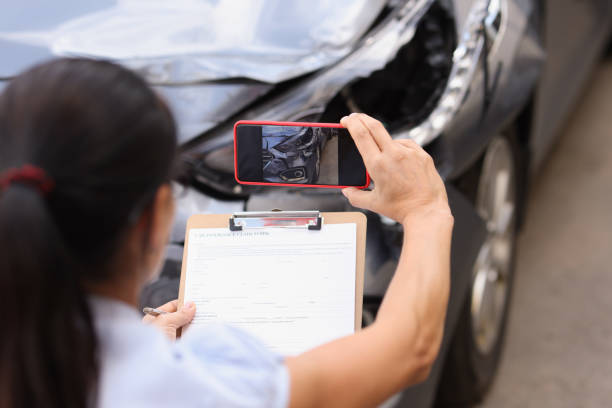
Collision coverage pays for the repair or replacement of your vehicle in case of a collision, regardless of who is at fault. Whether it's hitting another car or an object like a tree or fence, collision coverage can help cover the costs. However, it's important to note that collision coverage often comes with a deductible, which is the amount you must pay out of pocket before the insurance kicks in.
Comprehensive Coverage
Comprehensive coverage protects your vehicle against non-collision-related incidents, such as theft, vandalism, fire, natural disasters, and falling objects. It provides coverage for repairs or replacement of your vehicle, minus the deductible. Comprehensive coverage is particularly valuable for drivers in areas prone to theft or extreme weather conditions.
Personal Injury Protection (PIP) or Medical Payments Coverage

Personal Injury Protection (PIP) or Medical Payments Coverage is designed to cover medical expenses for you and your passengers, regardless of who is at fault in an accident. PIP covers a broader range of costs, including medical treatment, rehabilitation, lost wages, and even funeral expenses. Medical Payments Coverage, on the other hand, focuses solely on medical expenses. The specific terms and coverage limits may vary depending on the insurance provider and state regulations.
Uninsured/Underinsured Motorist Coverage
Uninsured/underinsured motorist coverage protects you if you are involved in an accident with a driver who lacks insurance or has insufficient coverage to pay for damages. In such cases, this coverage helps cover medical expenses, lost wages, and property damage. Considering that a significant number of drivers may be uninsured or underinsured, this coverage is crucial for safeguarding yourself financially.
Gap Insurance
Gap insurance is primarily relevant for individuals who lease or finance their vehicles. In the event of a total loss, such as theft or an accident where the car is deemed a write-off, gap insurance covers the difference between the outstanding balance on the lease or loan and the actual cash value of the vehicle. It ensures that you are not left with a significant financial burden in the event of a total loss.
Conclusion
While these are some of the common coverages found in vehicle insurance policies, it is important to remember that specific offerings may vary among insurance providers and across different regions. To make an informed decision, carefully assess your needs, evaluate the risks you may face, and consult with insurance professionals. By understanding the common coverages available, you can select the right insurance policy that provides comprehensive protection for you and your vehicle.




